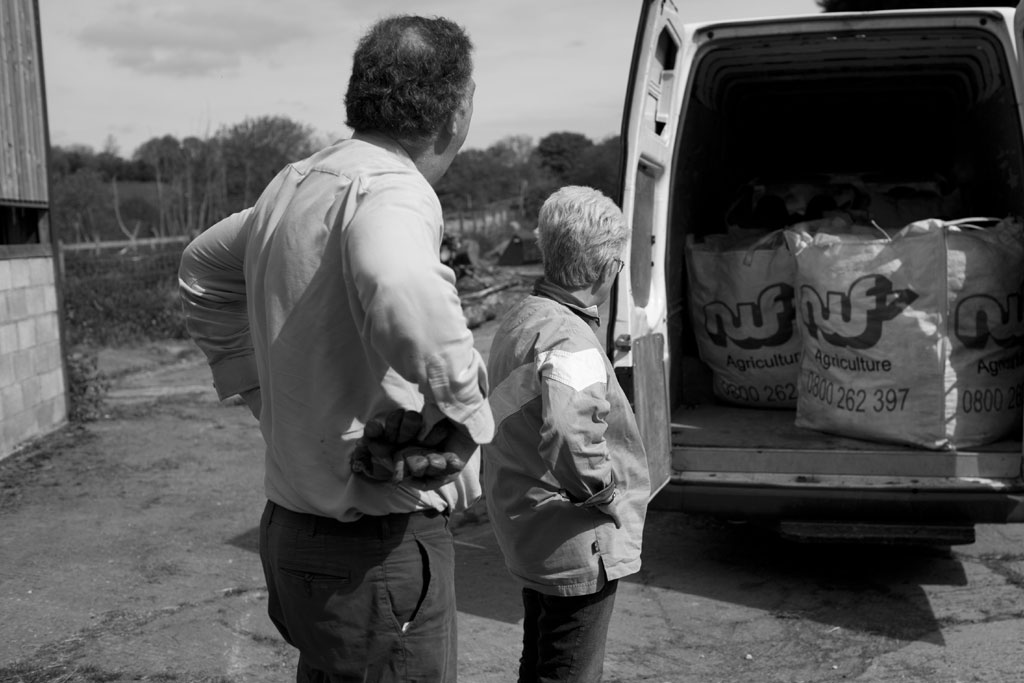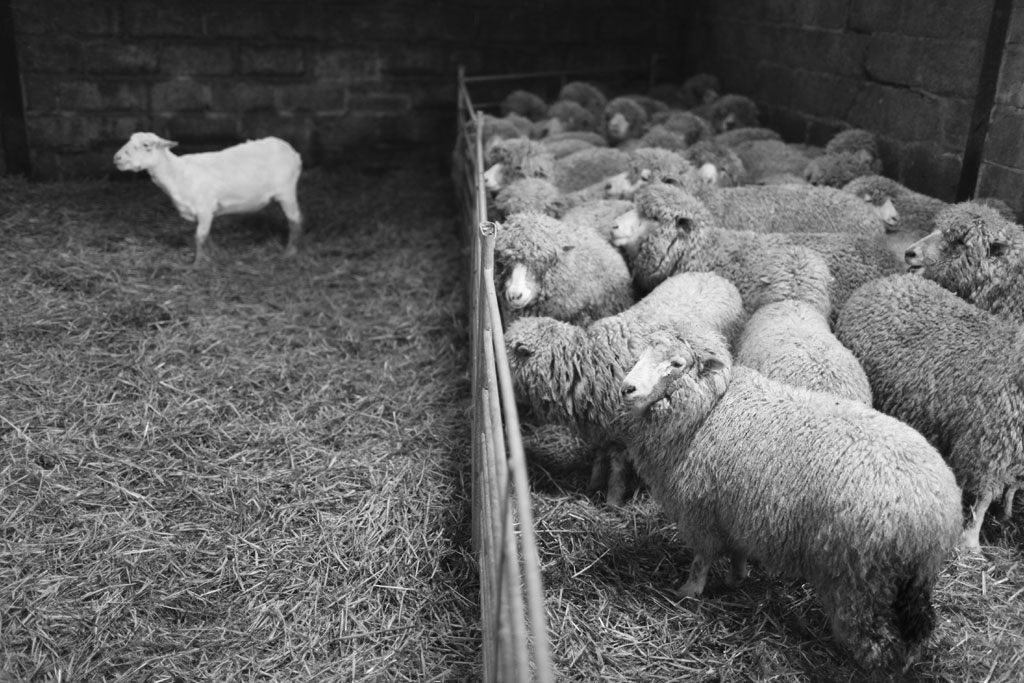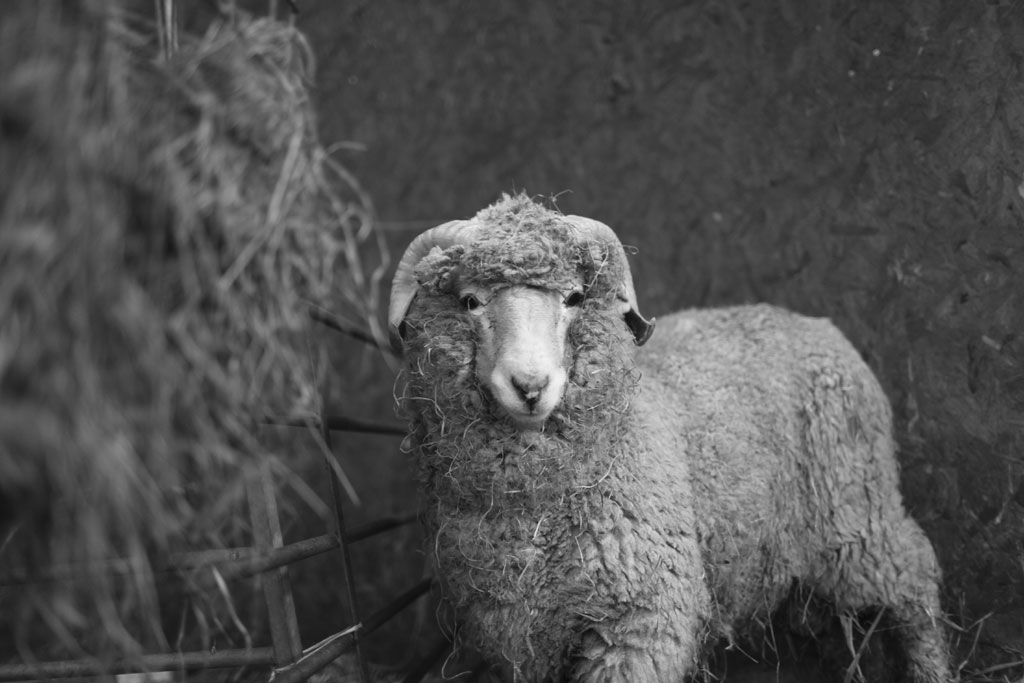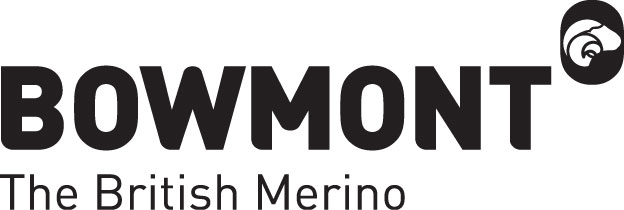Today we have two connected posts lined up for you – one from Lesley Prior for this morning, and then this evening, a Q&A with Finisterre, who are the company producing garments from Lesley’s raw fleece. In terms of our WOVEMBER ‘closing the gap’ theme, we thought it would be especially apposite to show two connected perspectives on the processing of wool – that of the woolgrower, and that of the company turning the wool into an end product. If any WOVEMBER readers know of someone who has bought and who wears a BOWMONT SCARF we would absolutely love to hear from you during our Wearing Wool series of posts, to close the parts of the wool cycle that start with a sheep and end up with a warm person! For now, here’s Lesley of Devon Fine Fibres – whose sheep we met and whose wool harvest we read about earlier in the month – talking about the wool that she has raised going off to be processed. All the photos used in this post are © David Gray of Finisterre UK and used with his kind permission.
August 25, 2010 – Bowmont wool finally off for processing!
Finisterre have managed to pull all the threads together after an enormous long struggle and get the processing chain for the Bowmont wool completed. It has finally gone off to be scoured then spun at Gledhills, my very favourite mill.
Wool off for processing, © David Gray
This is such a “David and Goliath” business. We are tiny and all the really top class processors in the UK are used to dealing with hundreds of tonnes BUT, they have realised that in these changing times for textiles, quality shouts loud from the rooftops and being associated with a “good thing” – however small, is good for business. Gledhills deserve a HUGE vote of thanks for pulling strings among the processing community and getting a big scouring plant to agree to do my small batch.
So, watch this space. It will still be a while before Finisterre’s Bowmont Merino products are on the shelf because we have to wait for a slot in the queues which build up in the mills over the summer. Most work slowly during July and August because of holidays etc. However, it’s great news and we are delighted that Finisterre have stuck at this. Some companies that have big ideas of sustainability and Eco fashion would not have had the necessary staying power to stick it out for over 2 years which is what it has taken to get this up and running!!
One shorn sheep, many more to go! Image © David Gray
I’m really delighted with the way my Bowmont project has progressed. This has been 4 years of travelling hopefully as you might say, always believing that there is a future for this sheep. This processing chain and the huge willingness of the people involved to be part of it speaks volumes for their belief in that too.
How could anyone not believe in Bowmont Merinos? Just look at this lovely example! Photo © David Gray
I’ve stuck rigidly to pure breeding and have the only 100% pure Bowmont flock left in the UK. No crossing with Shetland or whatever else happens to be around. The moment you cross you lose wool quality which is the ONLY reason for continuing with these sheep. If you compromise on wool quality for reasons of carcass or hardiness perhaps then you might as well keep Blue Faced Leicesters which will give you a good wool and a good carcass. Bowmonts have to stay as Bowmont or there is no point to them. My only movement away from the pure flock is to continue to use Australian semen at regular intervals to replenish the genes – something the Macaulay Institute did regularly.
Then of course there is testing, (hugely expensive but essential for quality control) and artificial breeding techniques – we have semen and embryos in store and will be collecting more this autumn. This too is unbelievably expensive but if you have a commitment to a breed then you must do it to avoid disasters like Foot and Mouth.
All this of course has been done without the security of a breed society. Anyone can cross a Bowmont with anything else and still call it a “Bowmont” and I can say nothing. My definition of a Bowmont sheep is an animal with a provable pedigree descended entirely from sheep bred by The Macaulay Institute in Scotland in their Bowmont project and from the associated Saxon Merino semen. It must have a white fleece of between 14-19 microns proved by laboratory testing and various other characteristics to do with crimp and staple length. If it doesn’t have these basic requirements then it doesn’t deserve the name Bowmont. To make sure my flock remain distinguishable from any others that are jumping on the bandwagon I now call my sheep Bowmont Merinos. We also have our own copyright logo carried solely by our flock and its products.
So, all I have to do now is carry on keeping the sheep safe by preserving semen and embryos and still trying to find like minded people who are passionate enough about wool quality to help me by working with me!
Many thanks to Lesley for kind permission to republish her words – which were originally published here on the Devon Fine Fibres blog. Thanks also to David Gray of Finisterre for use of his photos, © David Gray and Finisterre



